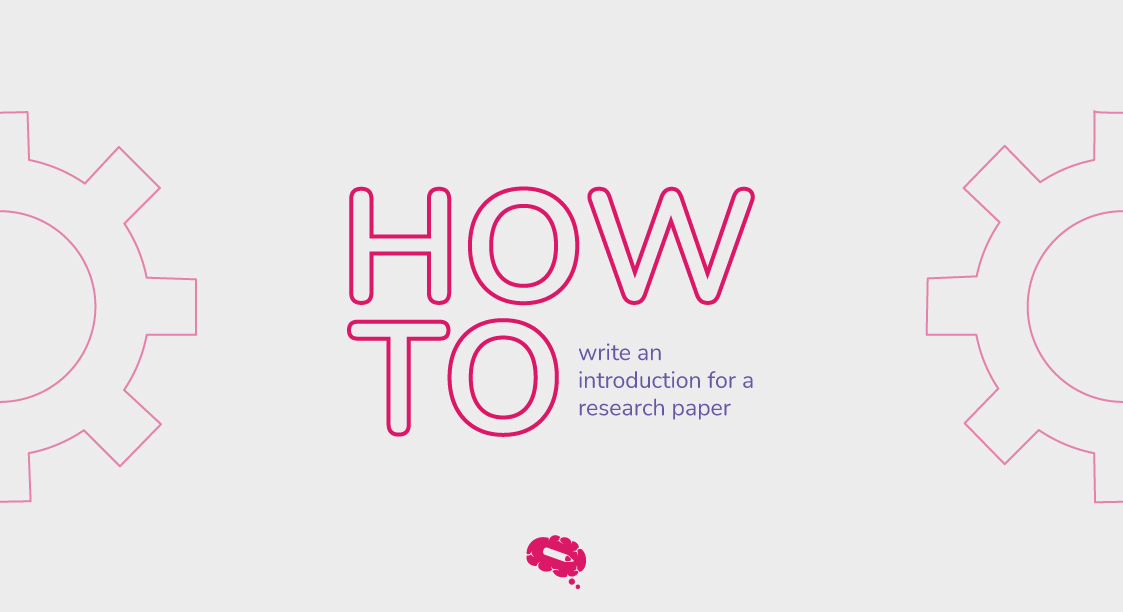Researchers frequently face the difficulty of balancing the quantity of information offered in the main text with the desire to incorporate useful additional material while writing a research paper.
Here is when the appendix comes into play. While being an optional section, the appendix may help improve the clarity and completeness of a research paper.
In this article, we will look at the purpose and benefits of utilizing an appendix in a research paper, as well as some recommendations for incorporating this section into your writing successfully.
What is a research paper appendix?
A research paper appendix is a section that can be included at the end of a research paper. It is used to give additional material that is important to the paper but is not entirely required for the primary argument or conclusions provided in the paper.
Tables, charts, graphs, raw data, interview transcripts, survey questionnaires, images, and other supporting evidence can all be included in the appendix. The appendix’s aim is to provide extra details and support for the research findings presented in the paper without diverting the reader’s attention away from the primary argument.
Is an appendix necessary in a research paper?
A research paper appendix is usually included when the amount of additional material is too extensive or complex to include in the primary text, or when the material would interrupt the flow of the argument if included in the primary text.
The researcher normally chooses whether to add an appendix or not. An appendix can also be added if the publisher or the academic institution requires it.
Nevertheless, the appendix section of a research paper may be a beneficial addition, allowing researchers to give more material and support for their study results without detracting from the primary argument.

What to include in a research paper appendix?
The resources that can be included in a research paper appendix vary based on the nature of the research and the specific paper requirements. But, here are some standard examples of what to add in the appendix of a research paper:
- Figures and tables: The appendix may contain extra tables, figures, graphs, or charts that give more thorough information or different data presentations;
- Big datasets or raw data: The appendix might include large datasets or raw data that were utilized to achieve the conclusions and findings stated in the publication. This enables interested readers to evaluate the data or apply it in future studies;
- Questionnaires and surveys: If the research included data gathering via surveys or questionnaires, the appendix might provide a sample of the survey or questionnaire used in the research;
- Transcripts of interviews: If the research included conducting interviews, the appendix might provide transcripts of such interviews;
- Additional methodology details: The appendix might feature extra methodology details from the study that could not be included in the main text of the paper;
- Additional documents: Any permission forms, consent forms, or ethical approval documentation.
Steps to writing a research paper appendix
- Decide what items will be included: Before starting to write the appendix section, it is critical to identify what items will be included. This might vary depending on the nature of the study and the unique needs of the paper;
- Label the appendix section: Label the appendix section and give it an accurate title that represents the item provided. “Appendix A: Survey Questions,” for instance, or “Appendix B: Raw Data.” This will make it apparent to readers what is in the appendix;
- Organize: The items in the appendix should be organized logically and clearly. They can be sorted by type (for example, tables, figures, or transcripts), source (for example, survey data, interview transcripts), or any other relevant factor;
- Give context: The appendix items should be supported by a brief description that offers context and explains how they relate to the research provided in the paper;
- Cross-reference: If items in the appendix are referred to in the primary text of the paper, they should be cross-referenced correctly so that the reader can easily locate them.
It ought to be emphasized that the appendix should only contain material that is directly related to the study and supports the conclusions given in the paper. Make sure not to include any information that is not directly related to the research.
Formatting a research paper appendix
The citation format, title, location, and page numbers of a research paper appendix must be formatted with precision. Here are some guidelines for you to follow:
- Citation: First and foremost, offer accurate citations. The most generally used standards are APA, MLA, and Chicago. Therefore, you should clarify the required formatting standards.
- Title: The title should be descriptive and represent the nature of the items included. The title should be placed at the top of the appendix’s first page.
- Location: The appendix should be inserted at the end of the paper, following the bibliography. Unless it is required otherwise.
- Page number: Starting with page 1, each page should be numbered sequentially. If the appendix is more than one page long, add the label and title on each succeeding page.
Join our fast-growing community to revolutionize scientific communication
Mind the Graph is an online platform that provides researchers, scientists, and educators with a variety of scientific illustration tools and templates. It is intended to assist users in creating professional-looking graphics, diagrams, and illustrations to be used in research papers, presentations, and educational materials.
One of the simplest platforms to utilize for making your work stand out! Start using Mind The Graph now.

Subscribe to our newsletter
Exclusive high quality content about effective visual
communication in science.




